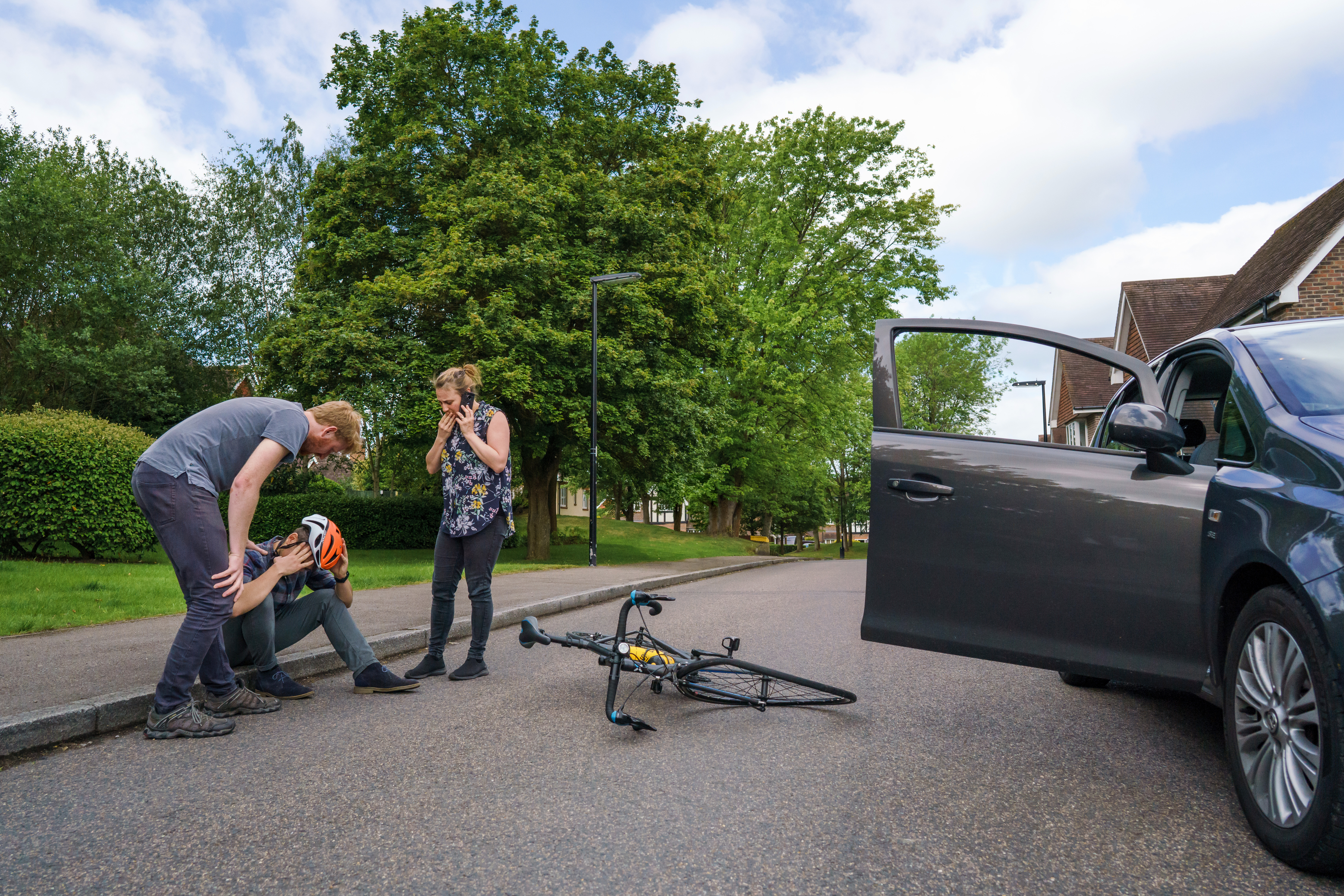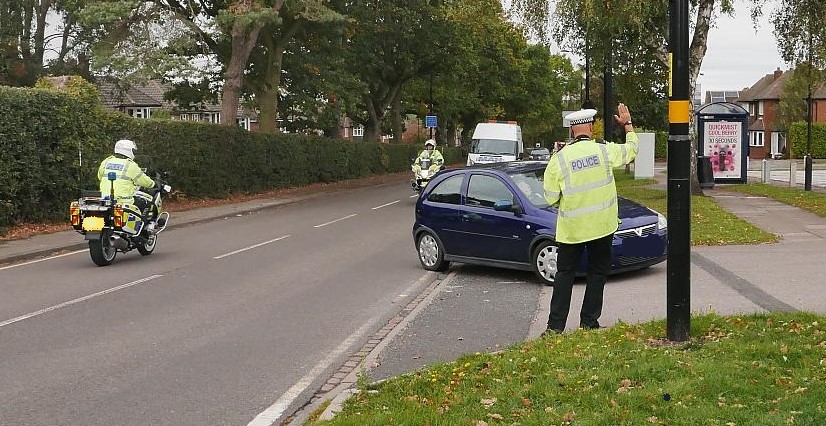A tale of two crashes – unbalanced reporting and its impact on our road traffic laws.

On 28 of August, at around 2:30pm, a driver and a cyclist collided in Merseyside. A witness said the car was “purposely driven into the bloke on the bike” leaving him “badly injured”. The driver left the scene, later abandoning the car and, as far as we can tell, has still not been found.
On the same day, about two and a half hours later, a cyclist and a pedestrian collided in London. So far, there has been no public evidence to suggest the cyclist was riding irresponsibly. Both parties were injured, but the pedestrian sadly died from her injuries a number of weeks later. The cyclist left the scene, later abandoning the bicycle, but handed himself into police the next day.
With ongoing police investigations into each case, I won’t comment or speculate further on either case, the driver and cyclists’ reasons for leaving the scene or the causes of the collisions.
However, what cannot be ignored is the stark contrast in the media’s response to these two cases, and what it tells us about the Government’s self-acclaimed mission to “crack down on dangerous cycling”.
Despite the apparently deliberate nature of the attack on the cyclists, the news probably hasn’t reached you, as it was reported only in a local paper.
Keir Gallagher
Despite the apparently deliberate nature of the attack on the cyclists, the news probably hasn’t reached you, as it was reported only in a local paper - the Liverpool Echo. The article itself is pretty standard as far as road traffic collision reporting goes – brief details, a witnesses account and a call for evidence from police.
The press reaction to the London collision, however, is a somewhat different story. From the BBC to the Daily Mail, the collision hit national headlines in pretty much every single major news outlet. What’s more, much of the reporting goes far beyond the usual ‘matter of fact’ traffic collision story, and instead uses sensationalist statements to portray cyclists as a menace on the roads and the arch enemy of pedestrians.
The Sun, for example, highlighted that this crash “follows a number of fatal collisions between cyclists and pedestrians in recent years”. Strange that I can’t find a single report on a collision between a motorist and a pedestrian in which the paper highlights that it ‘follows many thousands of fatal collisions between motor vehicles and pedestrians in recent years’.
Meanwhile, the Telegraph, noting that the bicycle involved in the collision was an e-bike, explained helpfully that these bikes enable “legal power-assisted speeds of up to 15.5mph, but are often pedalled at much higher speeds”. In other road traffic collisions however, it of course fails to mention that ‘legal speeds for motor vehicles are limited by ‘speed limits’ on all UK roads, but are often driven at much higher speeds by the driver pressing down on the accelerator’.
Urging the reader towards unfounded assumptions about the dangers posed by cycling isn’t just infuriating for cyclists and insulting to the victims of collisions with motor vehicles, but in these cases it also distracts from the worrying statistic that 4% of fatal collisions on UK roads see the driver flee the scene in a ‘hit-and-run’ – which jumps up to a staggering 12% of all collisions causing injury, a figure which has remained stagnant for the past 10 years.

Yet despite these figures exposing a serious national problem with hit-and-runs, warranting an urgent revisiting of the associated offences, this repeated portrayal of cyclists as a serious threat to the safety of pedestrians has instead triggered the Government to focus its energy on reviewing cycling offences, despite the latter only affecting a handful of cases each year. This isn’t to suggest that those few cases aren’t important, but each of the many thousands of pedestrians, cyclists and motorists who die unnecessarily on our roads each year shouldn’t be ignored either.
Looking at the Conservative Party’s social media announcement of the cycling offences review confirms that the proposals are, to a large extent, pandering to the furore created by the media – a tweet from their official account proudly proclaimed that they were looking to protect “our most vulnerable road users” by “cracking down on dangerous cycling”, accompanied by a photo of a bunch of cyclists appearing to cycle in a perfectly safe manner.
The tweet was swiftly pulled after widespread criticism, but it was a very telling glimpse into a key aspect of the Government’s motivation for introducing these proposals and it does makes you wonder – is this about saving lives, or just about securing positive headlines?
Campaigners for the very same vulnerable road users the Government is claiming to protect have for years highlighted the urgent need for a wider review of road traffic offences to make our roads safer, and yet the Government retains its stony silence on such a review (despite their promise of one in 2014), instead simply proposing to expand the flawed legal framework to cyclists.
Incidentally, a key area of law which Cycling UK, RoadPeace and Brake have identified as needing to be considered in this wider review is the offence of failing to stop – i.e. hit-and-run. Failing to stop at the scene of the accident currently holds a maximum custodial sentence of six months, and while this may be sufficient for the driver who scratches some paintwork on the way out of a car park, it totally fails to address serious hit-and-runs where a victim is left on the roadside with potentially fatal injuries, especially where no other witnesses are present to testify to the state of the driving in question.
In 2013, Sean Morley died in such circumstances. He was hit by a car driven by Mandeep Singh Gill, the only witnesses being his two passengers. Mr Gill drove off despite such serious damage to his car that one of the doors could no longer open. When he finally handed himself in the next day, he was found to have alcohol and drugs in his system.
In relation to the crash he was convicted only of failing to stop at the scene of the "accident" and handed a derisory 16-week custodial sentence.
This case tragically highlights the problem with our hit-and-run law – its six-month maximum sentence totally fails to deter those whose first response to an accident is to flee the scene, given the much more serious consequences which might occur if they’re found to be over the limit when the police arrive.
And this isn’t just a problem in the most extreme cases. A Motor Insurance Bureau report published last year into hit-and-runs found that 1 in 7 drivers who fled the scene did so because they had consumed alcohol. A further 40% left the scene for ‘self-preservation’.
Cycling UK’s campaign for a wider review of road traffic laws includes a call to reconsider our hit-and-run laws so that more serious penalties can be imposed when a hit-and-run follows a collision where serious injury was foreseeable to the driver.
With no signs that the media will change its tune in the near future, we need to raise our own voices to make this happen and to secure safer roads for everyone.
If you support our campaign for a wider review of road traffic offences, please take action today via our campaign page and help us send the Government a message they cannot ignore.





